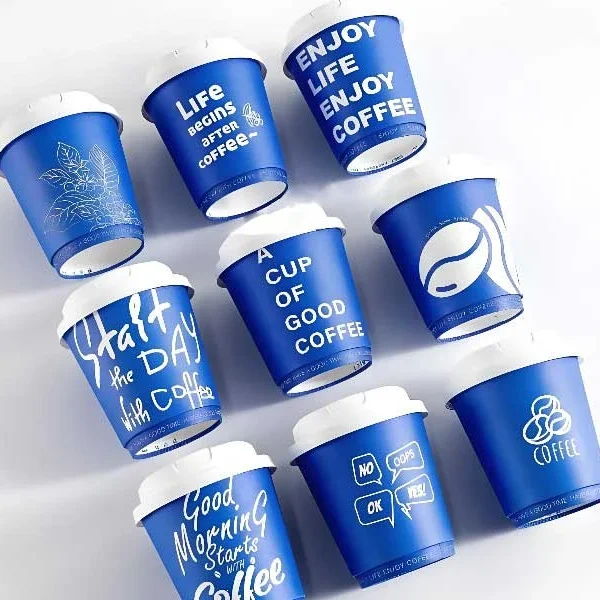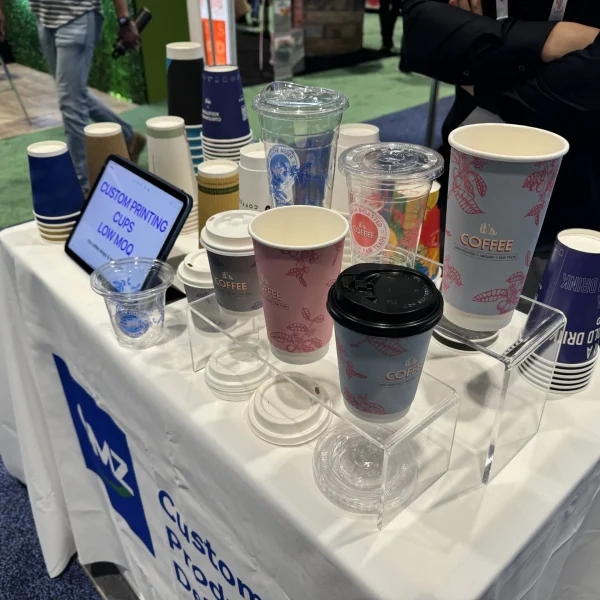Ever wondered why your takeout doesn’t taste like a science experiment gone wrong? The answer lies in food-grade packaging. It’s the unsung hero of the culinary world, silently protecting your meals from contamination and keeping them fresh.
But what exactly is food-grade packaging? How can you spot it in a sea of containers and wrappers? And why should your business care?
In this comprehensive guide, we’ll unwrap the mysteries of food-grade packaging. We’ll explore its critical role in food safety, delve into the regulations that govern it, and provide you with practical tips for identifying it. Whether you’re a restaurant owner, a food distributor, or a packaging supplier, this information is essential for your business’s success and your customers’ well-being.
So, let’s dig in. Your journey to becoming a food-grade packaging expert starts now.

Table of contents
What Is Food-Grade Packaging
Food-grade packaging refers to materials that are deemed safe for food contact and won’t transfer harmful substances to the food. These materials are specially designed and tested to meet specific criteria:
- Protect food from contamination by external factors such as bacteria, dust, and moisture
- Maintain food quality and freshness by providing an appropriate barrier against oxygen and light
- Withstand temperature changes without degrading or leaching chemicals into the food
- Comply with food safety regulations set by authorities like the FDA (Food and Drug Administration)
- Resist corrosion and not react chemically with the food it contains
7 Key Certifications for Food-Grade Packaging
Regulatory standards for food-grade packaging are crucial to ensure that materials used in packaging are safe for direct contact with food. These standards are established by various national and international regulatory bodies and are designed to prevent contamination and ensure the integrity of food. Here’s an overview of the key regulatory standards for food-grade packaging, specifically focusing on paper and plastic materials used for disposable packaging:
1. FDA – U.S.
The FDA (Food and Drug Administration) sets the regulations for materials that can be used in food packaging in the United States. Under the Food Contact Substances (FCS) program, the FDA defines food-grade materials and assesses the safety of substances that may come into contact with food.
- 21 CFR (Code of Federal Regulations) Part 176: Addresses substances used in paper and paperboard products intended for food contact.
- 21 CFR Part 177: Covers substances used to make plastics intended for food contact, such as polyethylene, polypropylene, and PET.
- Testing Requirements: Food-grade packaging materials must undergo migration testing to ensure that no harmful substances transfer from the packaging to the food under specified conditions (e.g., temperature, storage duration).
2. EU Regulations – Europe
The European Union (EU) has stringent regulations governing food-contact materials. The Framework Regulation (EC) No. 1935/2004 outlines general safety requirements, while specific directives and regulations cover particular materials like plastic and paper.
- EC No. 1935/2004: Establishes the general safety framework for all materials intended for food contact, requiring that they do not release harmful substances that can affect food safety or quality.
- EU Regulation No. 10/2011: Focuses on food-contact plastics, detailing migration limits for substances that can migrate from plastic into food. This regulation also covers multilayer plastic packaging.
- Good Manufacturing Practices (GMP) Regulation No. 2023/2006: Ensures that food-contact materials are manufactured in a way that maintains quality and safety.
3. ISO Standards
The ISO (International Organization for Standardization) has developed a series of international standards that apply to food packaging and food safety.
- ISO 22000: Specifies requirements for a food safety management system, applicable to any organization in the food supply chain, including those producing food-grade packaging.
- ISO 18601 to ISO 18606: These standards outline the general requirements for packaging and the environment, including considerations for recycling and compostability, which are relevant for food-grade materials.
4. BfR – Germany
The BfR (German Federal Institute for Risk Assessment) provides recommendations for food-contact materials, particularly paper and plastic packaging used in Germany.
- BfR Recommendations: These guidelines provide specific recommendations on the composition and safety of food-contact materials, such as paper, cardboard, and plastics.
- BfR XXXVI: Covers paper and board for food contact, providing detailed lists of substances that can be safely used in paper-based food packaging materials.
5. Japan Food Sanitation Law
Japan’s regulations for food-grade packaging are governed by the Food Sanitation Law and the Positive List System for food-contact materials.
- Food Sanitation Law: Requires food-contact materials, such as plastic and paper packaging, to meet safety standards that prevent harmful substances from migrating into food.
- Positive List System: Introduced in 2020 for plastic food-contact materials, this system specifies substances that are permitted for use in plastic packaging intended for food contact.
6. CFIA – Canada
The CFIA (Canadian Food Inspection Agency) enforces food safety standards in Canada. Food-grade packaging must comply with the Food and Drugs Act and Consumer Packaging and Labelling Act.
- Food and Drugs Act: Section B.23.001 stipulates that food-packaging materials should not transfer harmful substances to food.
- Health Canada: Reviews the safety of food-contact materials to ensure compliance with Canadian regulations.
7. China GB Standards
China has established GB (Guobiao) standards that regulate food packaging materials.
- GB 4806.1-2016: General safety requirements for food-contact materials and articles.
- GB 9685-2016: Lists additives that are allowed in food-contact materials in China.
- GB 9685-2008: Focuses on specific requirements for plastic food packaging and disposable items, including migration limits for food-contact plastics.
How to Identify Food-Grade Packaging
Ensuring you’re using food-grade packaging is crucial for the safety of your customers and the reputation of your street food business. Here are some key ways to identify and choose the right packaging:

Food Contact Symbol: Check the bottom or sides of the container if there are symbols like the wine glass and fork icon, which indicate the material is safe for food contact.

Recycling Symbols: For plastic packaging, the recycling symbol can provide valuable information. Food-grade plastics typically have recycling codes 1 (PET), 2 (HDPE), 4 (LDPE), or 5 (PP). Avoid using packaging with codes 3 (PVC), 6 (PS), or 7 (other) for direct food contact, as these may contain harmful chemicals.

Material Testing: Packaging often includes details about being BPA-free, non-toxic, or suitable for food contact.

Certifications: Look for markings such as “FDA Approved,” “Compliant with EC No. 1935/2004,” or certification logos indicating compliance with standards like ISO or the BfR.
Conclusion
By understanding the importance of food-grade packaging and how to identify it, you’re ready to make informed decisions when sourcing disposable food packaging for your business. Remember, choosing the right packaging protects both your customers and your business. It’s an investment in quality and trust. As you move forward, let this knowledge guide your packaging choices. Your commitment to food-grade materials will set you apart in the competitive food industry landscape. Stay informed, stay compliant, and keep serving up success—safely packaged, of course.












